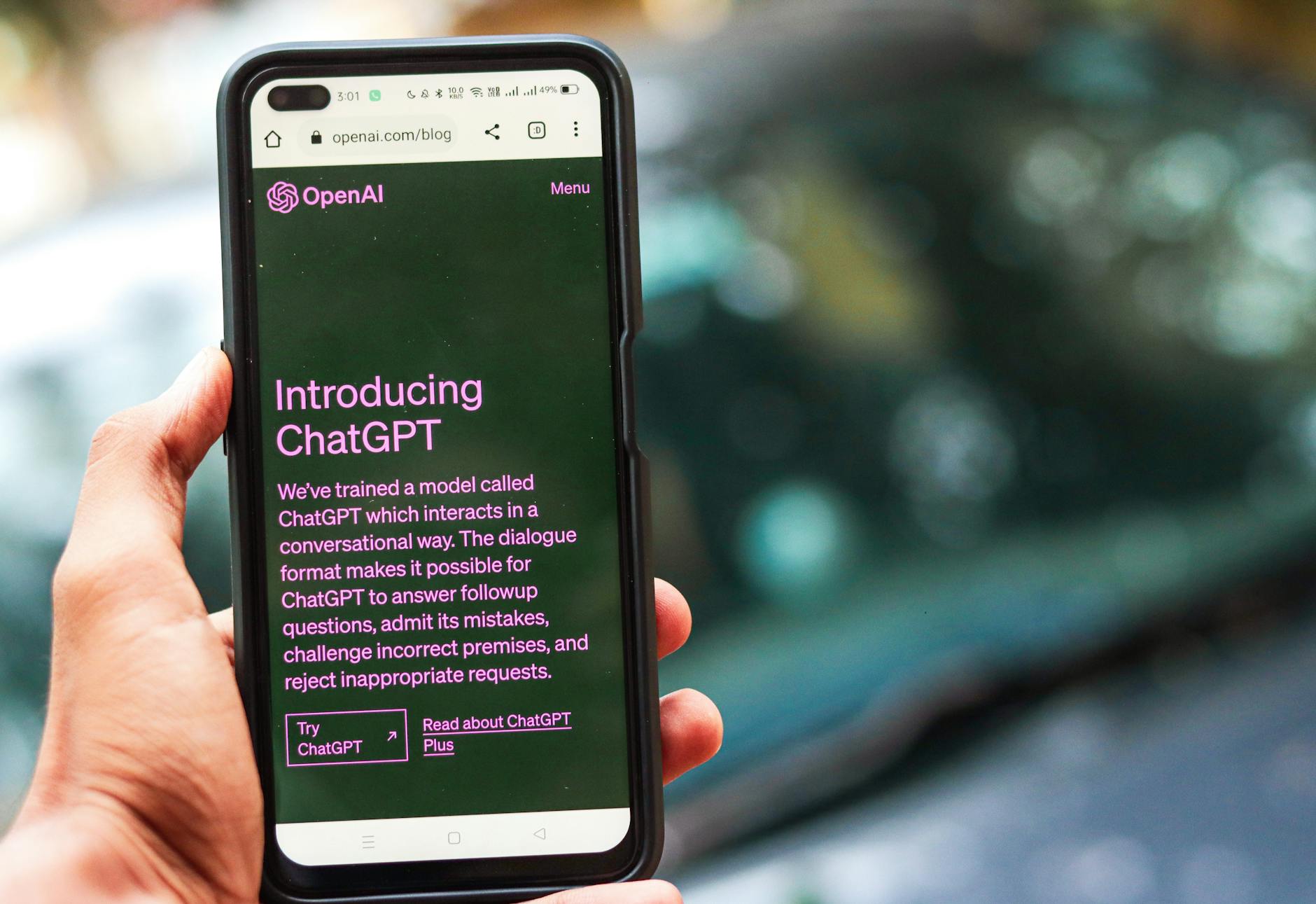OpenAI’s Voice Gambit: Is ‘Realtime’ More About API Plumbing Than AI Poetry?

Introduction: OpenAI is making another ambitious foray into the enterprise voice AI arena with its new gpt-realtime model, promising instruction-following prowess and expressive speech. Yet, beneath the glossy marketing, the real story for businesses might lie less in the AI’s purported human-like nuance and more in the nitty-gritty of API integration. As the voice AI market grows increasingly cutthroat, we must scrutinize whether this is a genuine breakthrough or merely an essential upgrade to stay in the race.
Key Points
- The absence of independent, competitive benchmarks casts a long shadow over OpenAI’s claims of superior voice model performance in a fiercely contested market.
- The genuine differentiator for enterprise adoption appears to be the Realtime API’s expanded integration capabilities, particularly MCP and SIP, moving beyond “impressive demos” to practical workflows.
- Despite a 20% price reduction, gpt-realtime’s “still expensive” tag and the notable lack of custom voice capabilities could present significant barriers to widespread, cost-effective deployment.
In-Depth Analysis
The enterprise voice AI market isn’t just crowded; it’s a mosh pit of well-funded players, each vying for a slice of the lucrative customer service, translation, and virtual assistant pie. OpenAI’s gpt-realtime steps into this fray touting “more natural and expressive” voices alongside enhanced instruction-following. On paper, the ability to command a French accent or understand non-verbal cues sounds appealing. However, a senior columnist’s antenna immediately twitches at a crucial omission: “OpenAI did not provide numbers testing gpt-realtime against models from its competitors.” This isn’t just a detail; it’s a glaring red flag. In a market where ElevenLabs, Soundhound, Hume, Mistral, and Google are already deeply entrenched, a self-reported 82.8% accuracy on a proprietary “Big Bench Audio eval” offers little comfort when comparing apples to oranges. Is gpt-realtime truly leading, or merely catching up to capabilities already present, perhaps even surpassed, by its rivals?
The real story, as one developer insightfully pointed out, isn’t just “another model” but the underlying Realtime API’s extended functionality. The inclusion of MCP (Multimodal Conversation Protocol) for image inputs and Session Initiation Protocol (SIP) support for direct phone network integration is where the rubber truly meets the road for enterprise. This isn’t the sexy part of AI; it’s the plumbing that makes it usable. The T-Mobile and Zillow demos, while slick, are still primarily showcasing the model’s output. The API features, however, are what allow an enterprise to move an AI voice agent from a proof-of-concept to a robust, integrated component within a contact center or a broader application ecosystem. Without seamless connectivity to external tools and existing communication infrastructures, even the most expressive AI voice remains an expensive parlor trick. This focus on practical integration, rather than just the voice itself, suggests OpenAI understands that market share in the enterprise space is won by utility and reliability, not just lyrical prose.
Contrasting Viewpoint
While skepticism is healthy, one might argue that focusing solely on competitive benchmarks misses the forest for the trees. An optimistic view would highlight OpenAI’s integrated ecosystem and rapid pace of innovation. The improvement in instruction-following, even on proprietary benchmarks, signifies a real leap in the model’s ability to act on complex prompts, enabling more nuanced and efficient interactions. This, combined with the beefed-up function calling and the ability to understand non-verbal cues, hints at a future where AI agents aren’t just speaking but truly comprehending and responding contextually. Furthermore, the strategic inclusion of MCP and SIP directly addresses the most significant hurdle for enterprise adoption: integration. By providing a comprehensive platform that bundles a powerful model with crucial connectivity tools, OpenAI is positioning gpt-realtime not just as a better voice, but as a more complete, “production-ready” solution for the enterprise. The 20% price reduction, while still not cheap, signals a commitment to making the technology more accessible at scale.
Future Outlook
The next 12-24 months for gpt-realtime and the broader voice AI market will be defined by the race for demonstrable return on investment (ROI) in real-world enterprise deployments. OpenAI’s biggest hurdles will be moving beyond impressive demos to proving scalability, cost-effectiveness, and reliability in diverse, high-volume environments. The “still expensive” feedback cannot be ignored; true enterprise adoption demands aggressive cost optimization. Furthermore, the absence of custom voice capabilities remains a critical gap for brands seeking a unique identity. The ethical considerations around deepfakes and the impact on human employment will also loom large, requiring robust governance and responsible deployment strategies. Expect a market shakeout as providers consolidate or specialize, with success hinging on those who can offer not just a captivating voice, but a bulletproof, secure, and seamlessly integrated solution that provides clear, measurable business value, not just a cooler customer service experience.
For a deeper dive into the challenges of scaling enterprise AI, revisit our report on [[The True Cost of Inference at Scale]].
Further Reading
Original Source: In crowded voice AI market, OpenAI bets on instruction-following and expressive speech to win enterprise adoption (VentureBeat AI)